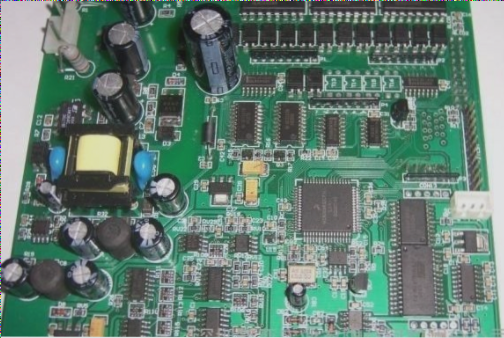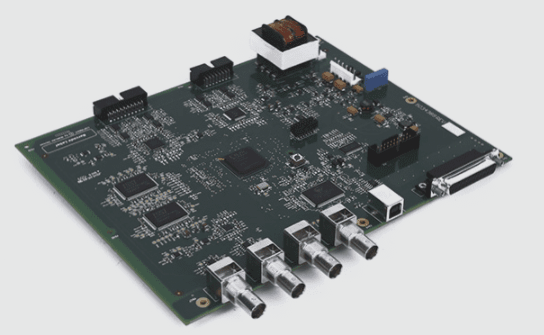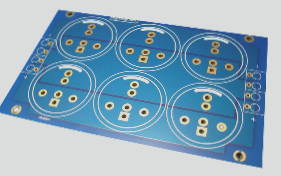Best Practices for PCB Design
1. Enhanced Via Design Strategies
- Optimize spacing for high-voltage and high-power components
- Customize via placement for improved thermal dissipation
- Reduce leakage and short circuits with tailored openings
2. Smooth Copper Trace Implementation
- Avoid sharp corners and burrs to prevent sparks
- Utilize rounded trace ends for moisture resistance
- Enhance RF circuit performance with 45° traces
3. Strengthen Ground and Power Lines
- Opt for thick traces to reduce impedance
- Enhance power efficiency with robust power lines
- Apply tin layer for improved heat dissipation
4. Caution with IC Sockets
- Use IC sockets judiciously to avoid reliability issues
- Avoid IC sockets in RF circuit designs
5. Effective Partitioning in PCB Layout
- Divide PCB into functional blocks for easier maintenance
- Optimize performance by grouping similar components
6. Component Seismic and Shock Absorption
- Design for vibration and shock resistance
- Use shock-absorbing materials for sensitive components
7. Reliable Ground Pad Design
- Ensure secure contact with chassis or solder pads
- Enhance conductivity with tin or protective layers
If you need assistance with PCB or PCBA design, reach out to us at info@wellcircuits.com.




